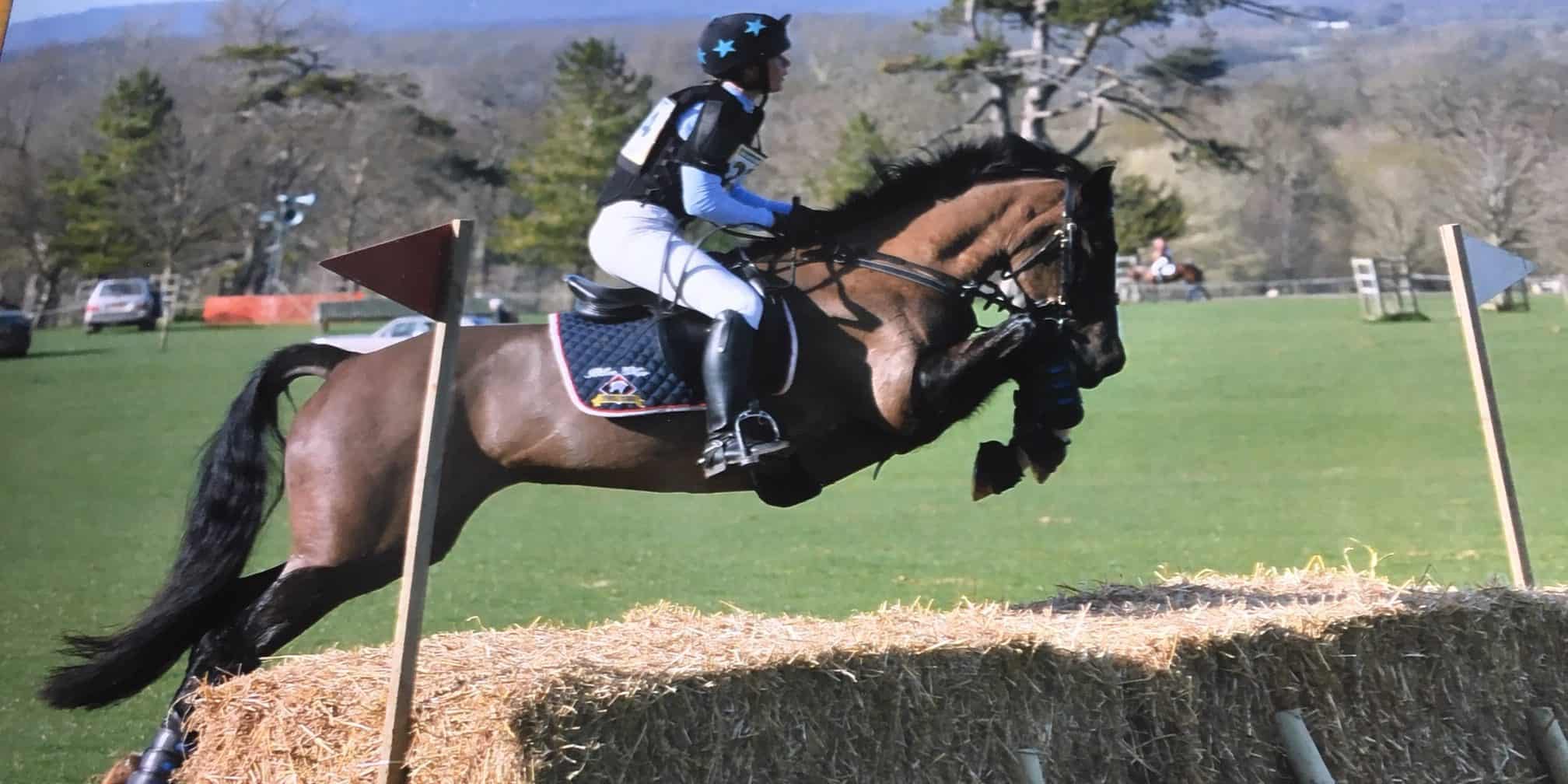How to train your event horse for your best season yet

Photo: Spidge Event Photography
The eventing season is finally here. Yay! To help you improve your scores, we spoke to British Eventing for advice on how to train your event horse.
Dressage
- Judges are taught to score according to the scales of training. The first two scales – rhythm and suppleness – are often the ones where event horses come unstuck.
- The rhythm needs to be correct at all times – the walk four-beat, the trot two-beat and the canter three-beat.
- A horse that is not relaxed cannot show suppleness, and this is often an event horse’s undoing. The next scales – contact, impulsion, straightness and collection – can never be truly achieved if the horse is tense.
- Over- or under-shooting the centre line is common. Make sure you ride into the corner and look for your line early.
- Irregular circles are also common. Ride into the corner before you begin the circle and then into the corner when you finish.
- Every horse is different, so you need to decide how to prepare him in the warm-up to produce his best in the ring.
- If you suffer from nerves try to re-create a competition environment as often as possible. Go to a dressage competition and enter three tests in a day – it doesn’t matter if they are at a lower level, the point is to ride in an arena in front of a judge.
- To get eights, nines and 10s you need a higher degree of suppleness, expression and self-carriage.
Showjumping
- When you go into the arena you should always have a plan. Don’t wander around and ride to the first fence on a straight line from a mile out; approach it off a circle so the horse’s hocks are underneath him.
- The majority of eventing showjumping arenas are on grass – often gently undulating and affected by the weather. This makes the challenge of riding a clear round even greater.
- Body position is particularly important when you are jumping on a gradient. Stay in the middle of the horse at all times to allow him to balance himself and use his shoulders.
- If the ring is muddy it’s a good idea to make your turns a bit wider or a bit tighter, to utilise the better ground. Similarly, jumping to the side of a fence means you miss the deepest mud in the middle.
- If your horse rushes the last few strides, check you haven’t subconsciously triggered this by pushing with your seat. A good test is to canter over a small fence on a large circle standing out of the saddle. After several attempts you should feel the horse relax into a regular rhythm, because you are not interfering with your seat.
- If you ride the horse at the right pace, in the correct balance, there is no need to aim for a take-off spot. Your horse is more than capable of coping with a slightly short or long distance.
Cross-country
- Don’t train for perfection; train for speed of thought. As you move up the grades the questions on the cross-country will come faster and require quicker reactions, from both horse and rider.
- Build technical fences, like corners, arrowheads and challenging lines, and don’t always approach off a perfect turn on a straight line.
- Both horse and rider should be extremely comfortable at the level they’re at before stepping up.
- Often things go wrong because riders are too cautious and either over- or under-ride fences – both can be dangerous.
- Be positive. A negative mindset doesn’t necessarily make you go too slowly – it can make you go too fast. Surround yourself with positive people who are going to give you the right advice, at the right time.
You can read this article in full on British Eventing Life.
To help you prepare for the event season, BE runs Jump Training competitions throughout the winter. Find out what this series is all about in Rudall’s Round-Up: BE Jump Training which you can watch online now on Horse & Country.






